Coffee has a long history in Iran. Since the 16th century, coffee has been popular across the country. However, as the nation’s cultural and political landscape has changed over the past few centuries, so too has its coffee culture. As a result, the Iranian coffee industry has a uniquely rich mix of the traditional and the modern when it comes to brewing and consuming coffee.
Over the past decade or so, specialty coffee has steadily become more popular. The number of specialty coffee shops opening in larger cities is on the rise – particularly in the capital city of Tehran. However, economic sanctions have understandably had an impact.
A brief history of coffee in Iran
According to Encyclopaedia Iranica, it’s relatively unknown when coffee first came to the country. Historians believe it was most likely brought by returning pilgrims and merchants in the 16th century. At the time, Iran was known as Persia.
In other Middle Eastern and African countries around the same time period, coffee was often used by followers of Sufism (a religious practice within Islam) to help them stay awake during overnight prayer.
When coffee first came to Persia, consumption was mainly reserved for medicinal purposes. Prominent physicians at the time claimed drinking coffee could eliminate headaches and lower blood pressure.
Over time, however, coffee became more popular as a beverage for home consumption, as well as in the country’s coffee houses (“ghahveh khaneh” in Persian or Farsi).
Historically, coffee used to be a popular drink at high social class gatherings. After some time, it gained popularity among the rest of the population as well.
People would meet in coffee houses and discuss political, social, and business matters. Iranians are renowned for their hospitality, so they usually prefer to be sociable while drinking coffee.
However, tea became more popular in the country. For many years, there was a shift to drinking tea in Iran’s coffee houses.
This was mainly attributed to Russian and Chinese influences on the country at the time, as Russia and China are two of the world’s largest tea consumers. Furthermore, around the same time, Iran began growing its own tea, which made it much more accessible for domestic use.
Tea remains popular in Iran to this day. Per capita, tea consumption reached almost 3kg in 2013.
Changing coffeehouse culture
The first coffeehouses in Iran appeared during the Safavid dynasty – one of the most significant ruling dynasties in Iran, which ran from 1501 to 1736.
At the time, coffeehouses were lively and sociable gathering places, which often hosted poetry readings, religious sermons, and intellectual discussions.
Today, coffee shops play a similar role in Iranian society. However, modern café culture has attracted younger generations to socialize in coffee houses.
Since drinking alcohol is prohibited in Islam, coffee shops are an important social pillar for many of the country’s citizens.
There are many coffee shops nationwide, especially in the Iranian capital; the Financial Tribune reported in 2017 that there were some 250 licensed coffee shops in Tehran. Undoubtedly, this number has grown as specialty coffee has become more popular.

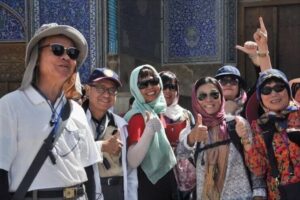
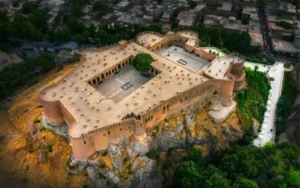
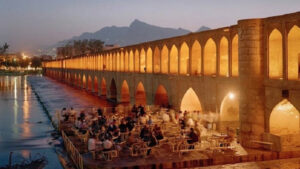

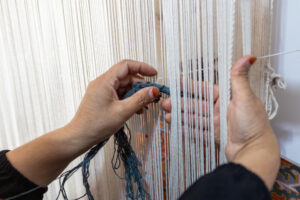
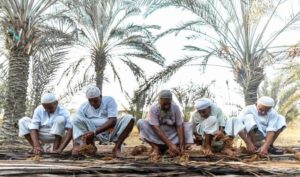

One Response
hi what is your name